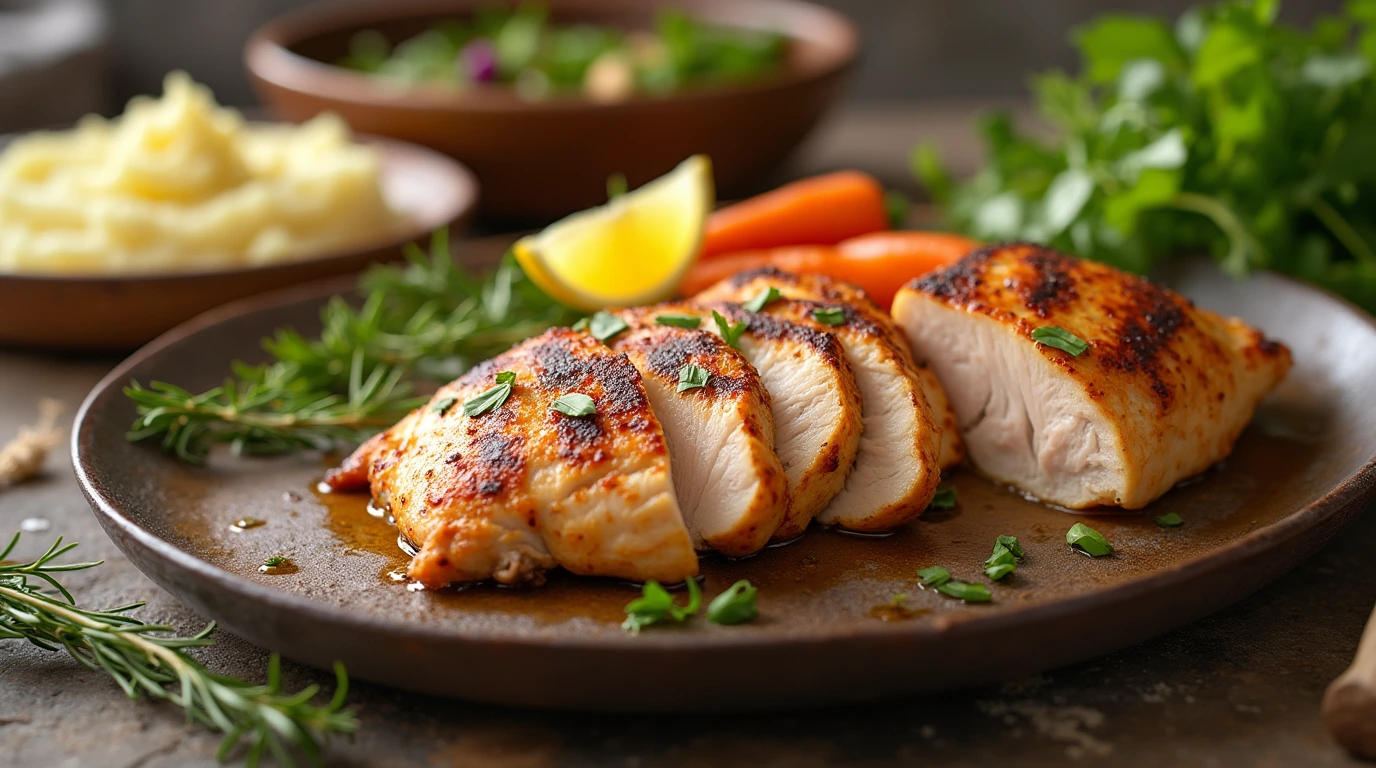There’s nothing quite like the satisfaction of sinking your teeth into a perfectly cooked, juicy chicken breast. For many, though, the struggle of ending up with dry, flavorless chicken can feel like a culinary curse. But fear not! This guide will walk you through the steps to make tender, melt-in-your-mouth chicken parts every time. With this simple recipe, you’ll transform mealtime into a flavorful experience your family or guests will rave about.
Thank you for reading this post, don't forget to subscribe!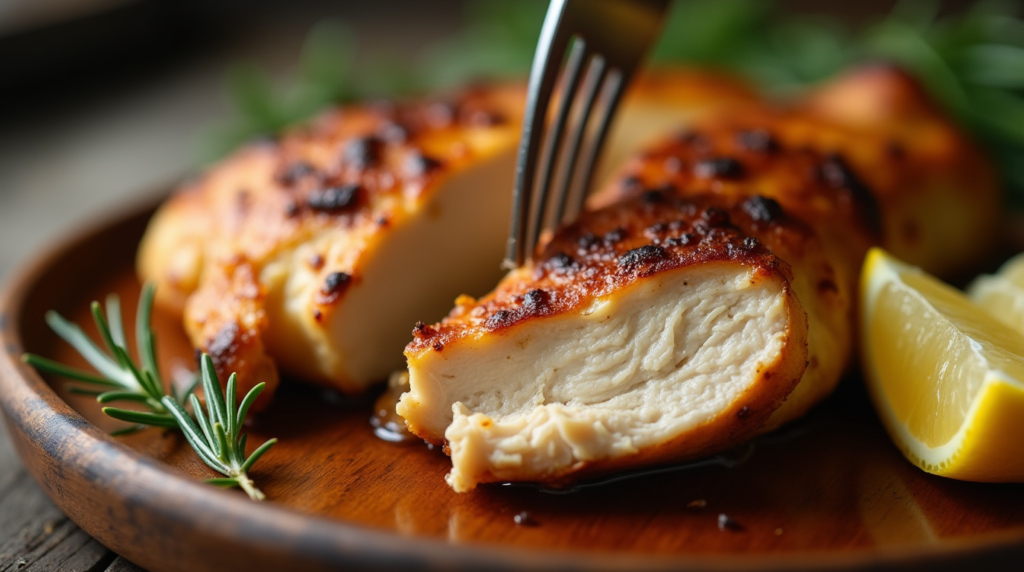
Table of Contents
Why This Juicy Chicken Breast Recipe Stands Out?
Cooking these parts of chicken can be tricky. They’re naturally lean, which makes them prone to drying out if not handled with care. But this recipe ensures you’ll never face that problem again. Here’s why:
- Foolproof Techniques: We’ll use proven methods that seal in moisture and enhance flavor.
- Minimal Ingredients: No need for complex or expensive items—just kitchen staples.
- Versatility: Perfect for salads, sandwiches, or as a standalone main dish.
By following these steps, you’ll elevate your chicken-cooking game to professional levels.
Ingredients You’ll Need to get it tender
Using the right ingredients is essential for achieving the perfect balance of flavor and tenderness. Here’s what you’ll need:
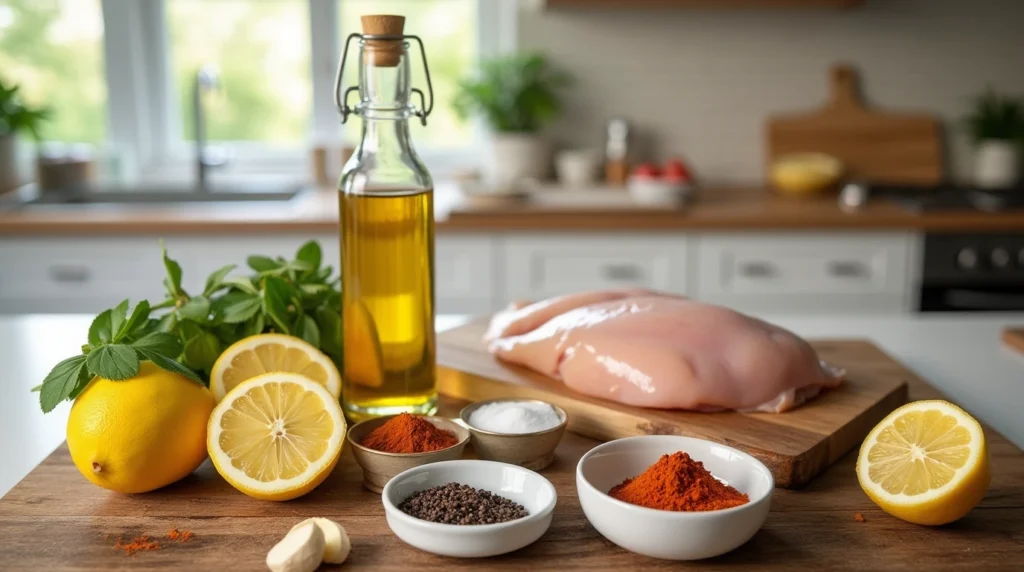
| Ingredient | Quantity | Purpose |
| Chicken breasts | 2 large pieces | The star of the dish |
| Olive oil | 2 tbsp | Adds moisture and prevents sticking |
| Lemon juice | 1 tbsp | Tenderizes and brightens flavor |
| Garlic powder | 1 tsp | Adds depth and aroma |
| Paprika | 1 tsp | Gives a subtle smoky flavor |
| Salt | 1/2 tsp | Enhances the taste |
| Black pepper | 1/2 tsp | Balances flavors with mild heat |
These ingredients are easy to find, affordable, and pack a punch of flavor. With the right preparation and seasoning, they come together to create a truly unforgettable dish.
Step-by-Step Instructions for the Perfect dish
Cooking this recipe to perfection involves a mix of preparation, seasoning, and cooking techniques. Be sure to follow these steps closely to achieve the best results.
Step 1: Prepare the parts
Proper preparation is crucial for achieving even cooking and maximum tenderness:
- Trim and Flatten: Remove any excess fat or tendons from it. Use a meat mallet or rolling pin to pound them to an even thickness—this ensures that the chicken cooks evenly and prevents overcooking in thinner areas.
- Marinate: Combine olive oil, lemon juice, garlic powder, paprika, salt, and black pepper in a bowl. Add the parts, ensuring they’re well-coated. Place the marinated parts in a covered dish or resealable bag and let them rest in the refrigerator for at least 30 minutes. For maximum flavor, marinate overnight.
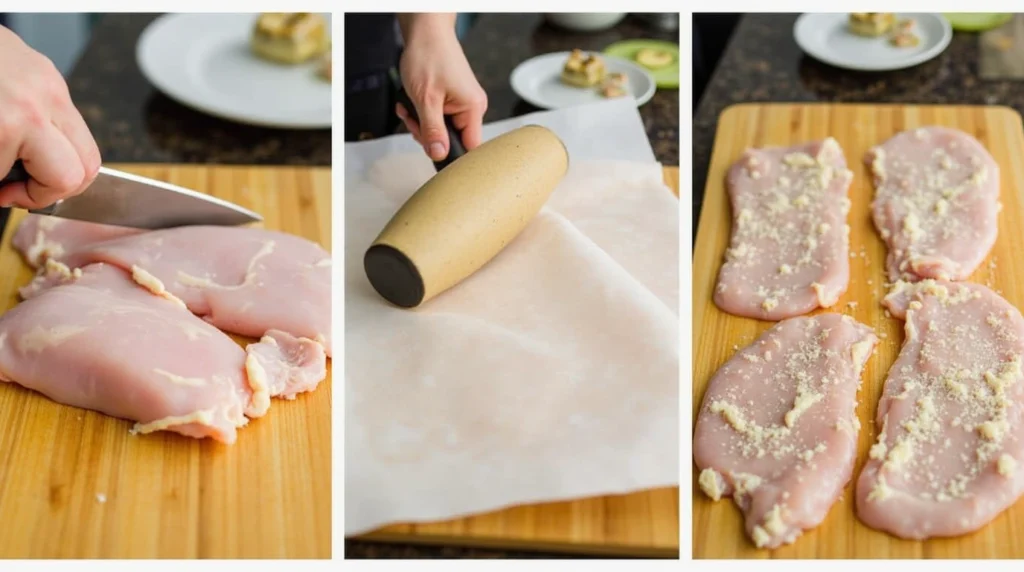
Tip: Use a resealable bag for easy cleanup and even marination.
Step 2: Seasoning for Maximum Flavor
Prior to cooking, take the parts out of the marinade and gently pat it dry. Sprinkle a final layer of seasoning on both sides. This creates a flavorful crust as the chicken cooks and adds an extra boost of taste.
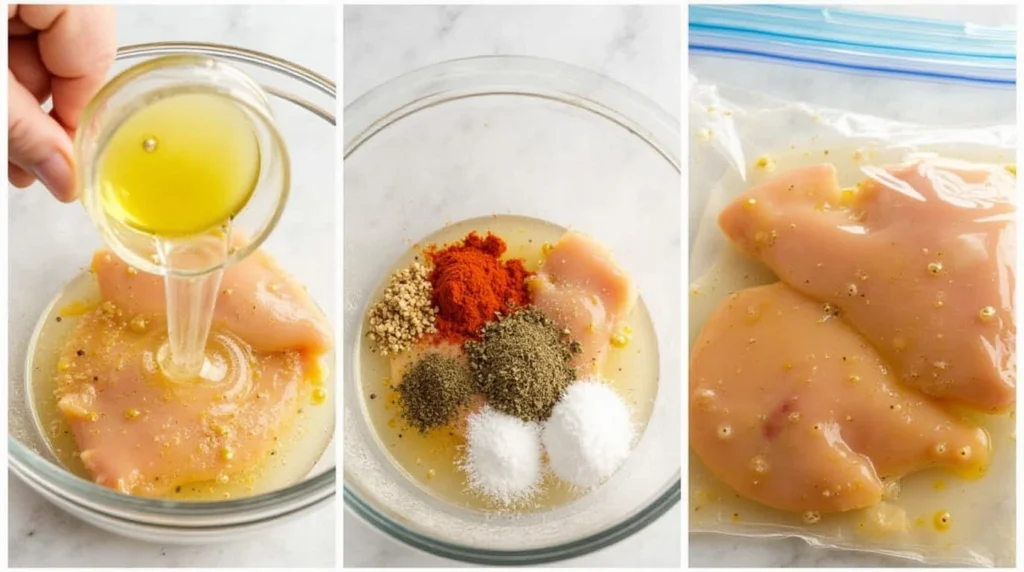
Step 3: Cooking Techniques for Juicy Results
Choose your preferred method—stovetop or oven—for cooking this recipe. Both methods work wonderfully, depending on your time and equipment.
Stovetop Method
- Heat a heavy skillet, such as cast iron, over medium-high heat. Drizzle olive oil over the parts to ensure it doesn’t stick during cooking.
- Place it in the skillet and let them sear undisturbed for 5-7 minutes. Avoid moving the chicken around to achieve a golden, flavorful crust.
- Flip it and cook for another 5-7 minutes, or until the internal temperature reaches 165°F.
- Remove from heat and let it rest for a few minutes before serving.
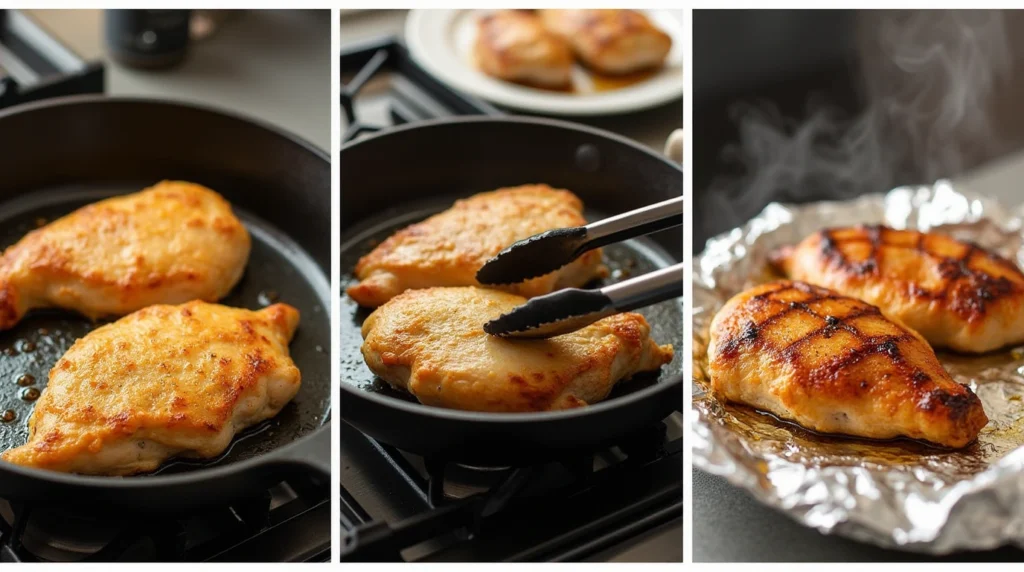
Oven-Baked Method
- Preheat your oven to 375°F (190°C).
- Cover a baking sheet with parchment paper or apply a light coating of grease to avoid sticking.
- Place the marinated parts on the baking sheet, ensuring they are not overcrowded.
- Bake for 20-25 minutes, or until the internal temperature reaches 165°F.
- Allow it to rest for 5-10 minutes before serving, so the juices can redistribute for optimal flavor.
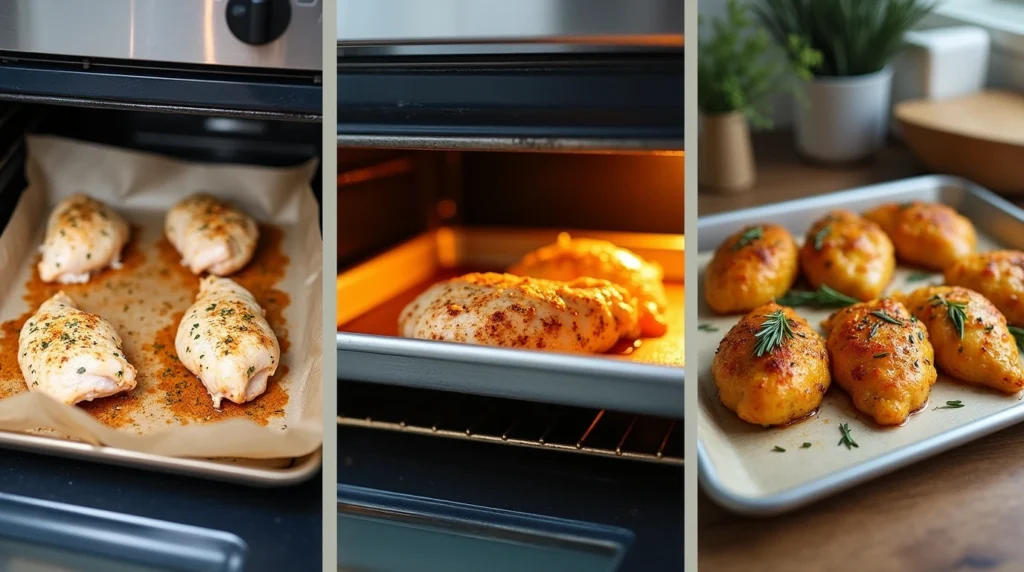
Step 4: Resting the Chicken
This step is often overlooked but is essential for juicy chicken. Resting allows the juices to settle back into the meat, ensuring every bite is flavorful and moist. Simply cover it with foil and let it rest for 5-10 minutes after cooking.
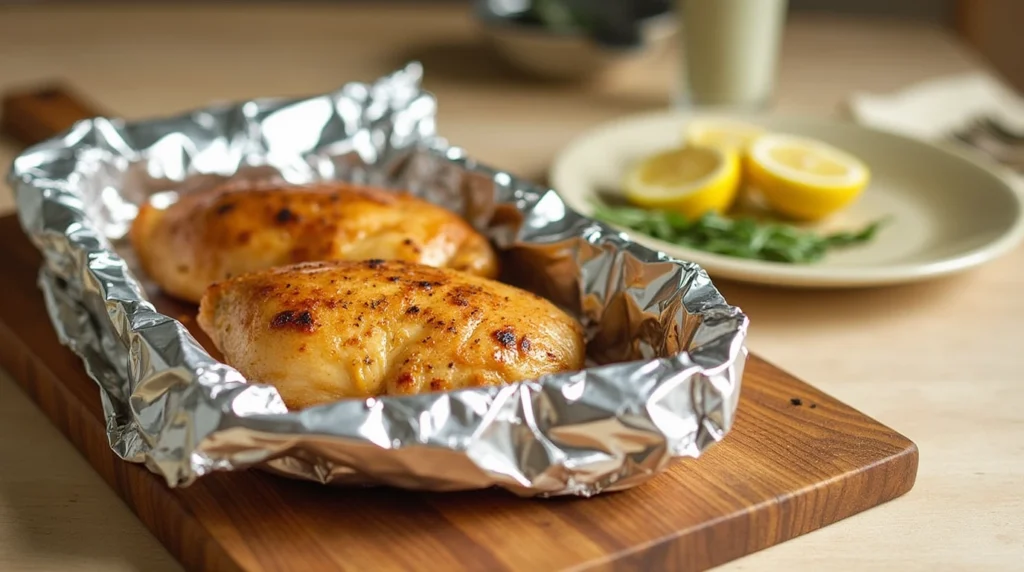
Did you know? Slicing the chicken right after cooking can cause the juices to run out, resulting in dry meat.
Expert tips for getting this recipe to taste delicious
- Use a Meat Thermometer: This ensures your chicken is cooked to perfection without guessing. The safe internal temperature for chicken is 165°F.
- Try Brining: Soak the parts in a solution of water and salt for 30 minutes before marinating. This simple step enhances tenderness and adds moisture.
- Cook Evenly: Flattening the chicken upper parts ensures they cook evenly and reduces the risk of overcooking thinner parts.
- Storage and Reheating: Store cooked chicken in an airtight container in the refrigerator for up to three days. When reheating, add a splash of water or broth and cover to retain moisture.
Serving Suggestions
Contents of this dish are incredibly versatile and pair well with various side dishes. Here are some suggestions to complete your meal:
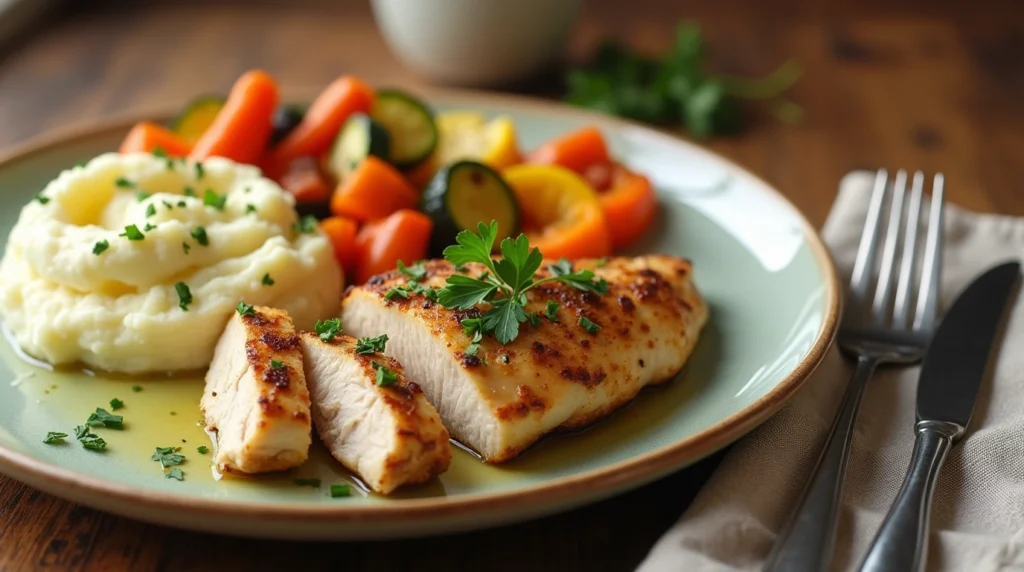
Side Dish Ideas
- Mashed Potatoes: Creamy, buttery potatoes provide the perfect comfort food pairing.
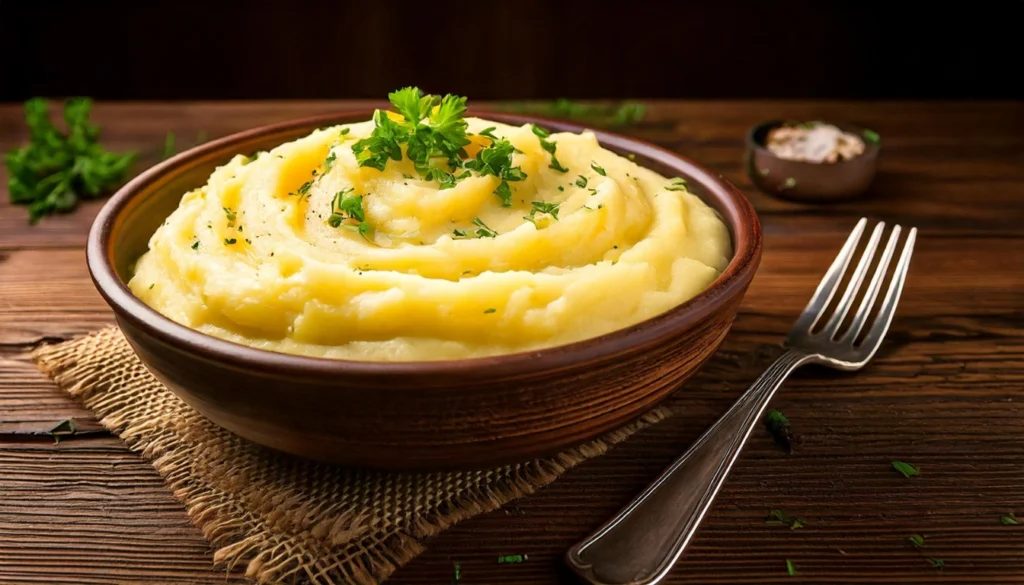
- Roasted Vegetables: Try a mix of carrots, zucchini, and bell peppers for a colorful, nutrient-packed side.
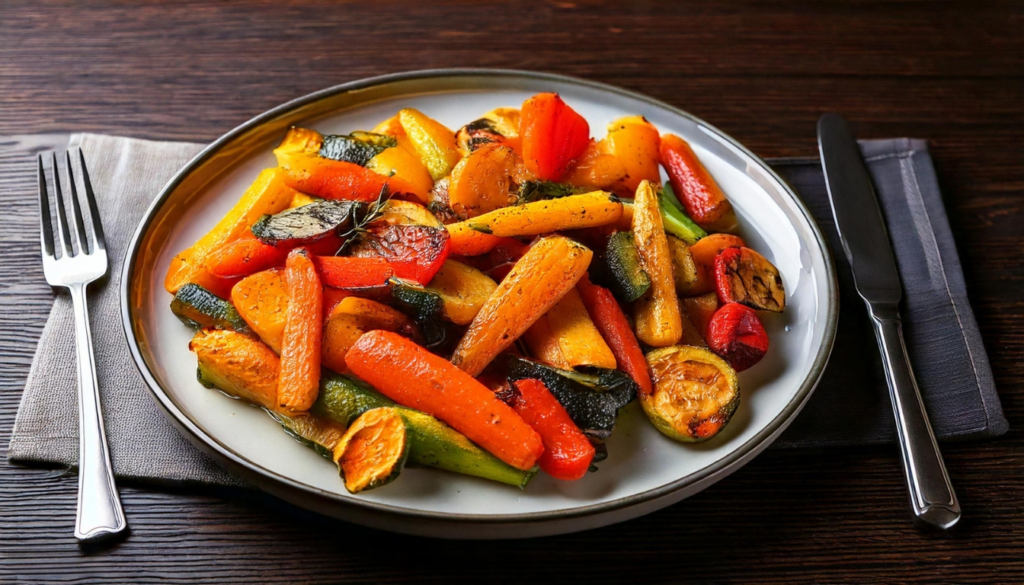
- Fresh Green Salad: Light and refreshing, a simple salad with a tangy vinaigrette balances the richness of the chicken.
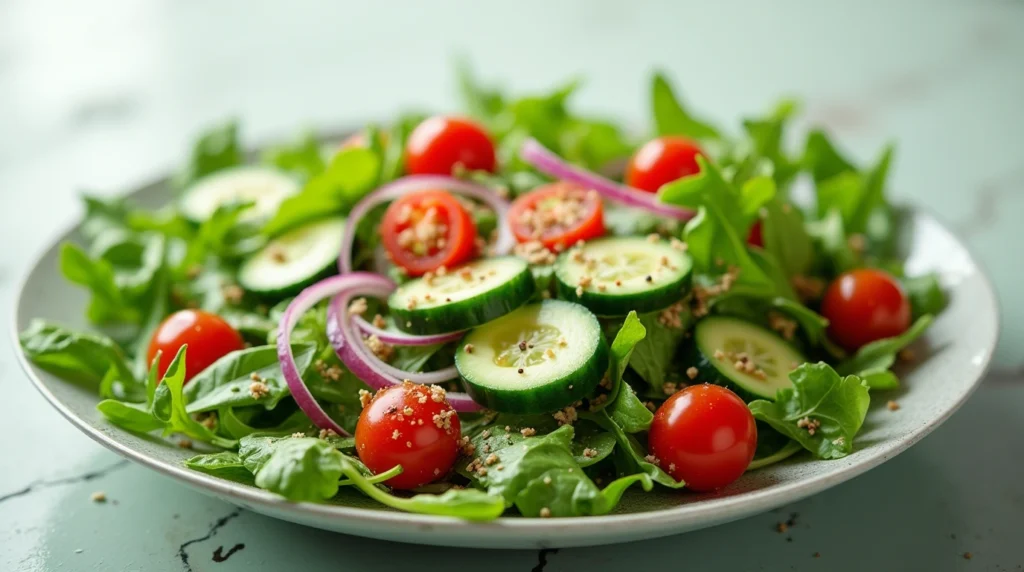
- Rice Pilaf: Flavored rice with herbs and spices adds a hearty element to the meal.
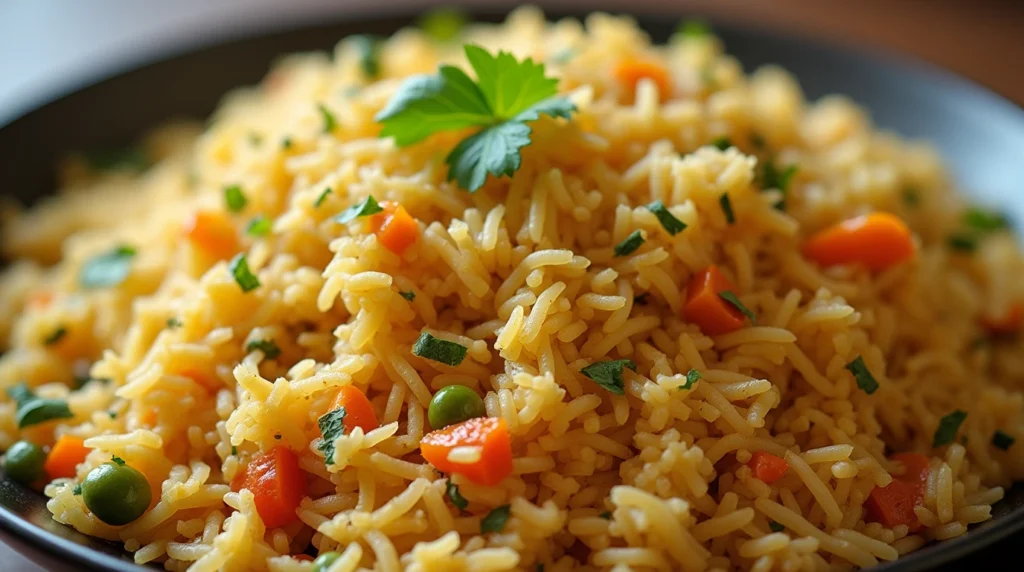
- Steamed Asparagus: A healthy, crisp vegetable option that complements the tender chicken.
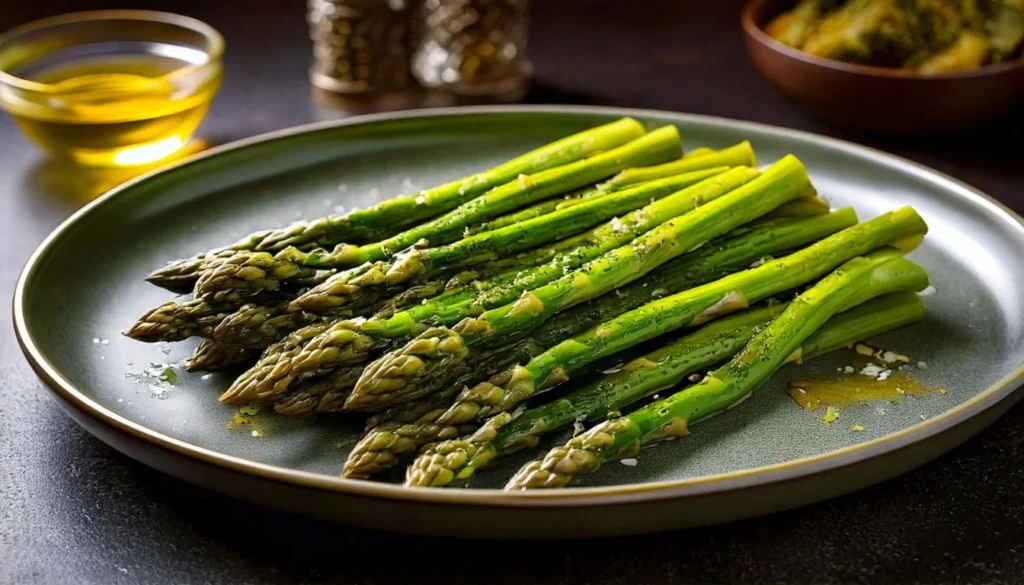
“Pro Tip: Serve the dishwith a drizzle of the marinade (cooked) or a squeeze of fresh lemon for an extra burst of flavor.“
The Science Behind this recipe
Understanding the science of cooking can help you master this dish every time. Here are some key points:
- Protein Denaturation: When chicken is exposed to heat, the proteins denature and contract. Overcooking causes excessive tightening, squeezing out moisture. Keeping the internal temperature at 165°F prevents this.
- Acid and Tenderization: Lemon juice in the marinade not only adds brightness but also helps break down proteins in it, making it tender.
- Resting Period: Allowing cooked chicken to rest lets the juices redistribute throughout the meat, enhancing flavor and texture.
Frequently Asked Questions About this dish
What’s the best way to prevent chicken from becoming dry?
The key is proper preparation, marination, and not overcooking. To ensure perfect doneness, use a meat thermometer and allow it to rest before serving.
Is it possible to apply this recipe to different cuts of chicken?
Absolutely! These methods work well for chicken thighs, drumsticks, and even tenders. Just adjust the cooking time accordingly.
What side dishes pair best with this dish?
Mashed potatoes, roasted vegetables, and fresh salads are excellent options that complement the flavor and texture of the chicken.
Can I make this recipe ahead of time?
Yes! Is this recipe suitable for other chicken cuts? Cooked chicken can also be refrigerated and reheated with minimal loss of quality.
Is it okay to freeze cooked it?
Cooked it can be stored in the freezer for up to three months. Wrap them tightly in plastic or place them in an airtight, freezer-friendly container for storage.
Conclusion
Now that you know the secrets to getting this delicious dish, it’s time to put this recipe into action. Say goodbye to dry, uninspiring chicken and hello to a dish that’s bursting with flavor and moisture. From preparation to plating, every step is designed to help you achieve perfection.
With these tips and techniques, you’ll have a go-to recipe that works for any occasion, whether it’s a casual family dinner or a special gathering. So gather your ingredients, follow the steps, and get ready to impress with chicken that’s as tender as it is delicious.
Ready to elevate your chicken-cooking game? Share this recipe with others and spread the joy of perfect dish!
Bonus: Variations to Try
Looking to mix things up? Here are some flavorful variations of this recipe:
- Herb-Crusted Chicken: Add chopped rosemary, thyme, and parsley to the marinade for an herby twist.
- Spicy Cajun Chicken: Mix in Cajun seasoning and a dash of cay
- Bonus: Nutrition Value of Each Ingredient
- Here’s a breakdown of the nutritional value for each ingredient used in this recipe:
| Ingredient | Calories (per serving) | Protein (g) | Fat (g) | Carbs (g) | Other Nutrients |
| Chicken breasts | 165 (per 3 oz) | 31 | 3.6 | 0 | Rich in B vitamins, selenium, and zinc |
| Olive oil | 119 (per tbsp) | 0 | 14 | 0 | Contains healthy monounsaturated fats |
| Lemon juice | 4 (per tbsp) | 0 | 0 | 1 | High in vitamin C |
| Garlic powder | 9 (per tsp) | 0.4 | 0 | 2 | Contains manganese and vitamin B6 |
| Paprika | 6 (per tsp) | 0.3 | 0.3 | 1.2 | Rich in antioxidants |
| Salt | 0 | 0 | 0 | 0 | Sodium for electrolyte balance |
| Black pepper | 6 (per tsp) | 0 | 0 | 1.4 | Contains small amounts of iron |
- This nutritional information can help you make informed choices and adapt the recipe to fit specific dietary needs.

